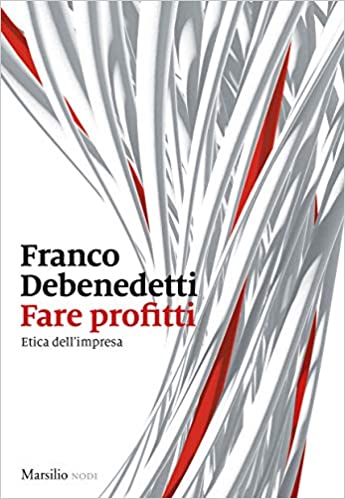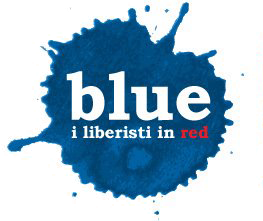![]()
Consolidation is coming to Italy’s banking sector, and not a moment too soon. The planned €29.43 billion merger between Banca Intesa and Sanpaolo is expected to kick-start an M&A frenzy in a country that has one of the most fragmented, least modernized and most expensive (at least for customers) banking industries in the developed world. So this deal is, on the whole, good news. But it hardly signals the end of political considerations and economic nationalism as major factors in the banking sector.
In fact, few of the interested parties have tried very hard to disguise the nationalistic elements of the union, which will create the largest bank in Italy and the fourth-largest in the euro zone. “Instead of always being the ‘prey,’ I’d like, once in a while, to also be the predator,” Prime Minister Romano Prodi told La Repubblica. His predecessor, Silvio Berlusconi, also blessed the deal. Franco Debenedetti, a former senator and member of several corporate boards, spelled it out clearly in an op-ed in Il Sole 24 Ore: “In the Sanpaolo-Intesa merger, the defense of Italianness has played a determining role.”
Clearly, the creation of a second national banking champion alongside UniCredit would delight Rome no end. Besides having another “predator” to send out into the European wilderness — UniCredit has already snapped up Germany’s HVB Group — an Intesa-Sanpaolo merger would fortify Italian industry. And not just the banks: Italy’s politicians surely are aware that Intesa and Sanpaolo are among the largest shareholders in such companies as Fiat and Telecom Italia. Keeping Italians in charge of these national icons is no small motivation.
There’s also the cozy relationship that persists among Italian banks and politicians at all levels via the “foundations” that still control large chunks of the country’s lending institutions. Just how these foundations operate is often unclear, allowing them to exist as something between a private organization and a state-controlled enterprise. What is clear is that the foundations are major players in Italian business. Four of the top 10 shareholders in the new Intesa-Sanpaolo bank would be foundations. To underline the significance: The fact that a foundation owns 58% of another of Italy’s top-five banks, Banca Monte dei Paschi, has led to speculation that the bank can’t be bought.
Outright protectionism for Italy’s traditionally clubby banks was supposed to have died with the resignation of Antonio Fazio as governor of the Bank of Italy last December. New governor Mario Draghi, to his credit, stood to the side as Holland’s ABN Amro and France’s BNP Paribas acquired midsize Italian lenders. Mr. Fazio had fought hard to keep foreign firms out of Italy’s banking industry, landing in hot water with the European Union more than once for impeding the free flow of capital.
It is of course unlikely that Mr. Fazio would have blocked this merger between Italian companies. And Intesa-Sanpaolo will probably provide some relief for overcharged Italian customers. As long as protecting Italianness remains a key concern, though, the industry as a whole will continue to resemble a bowl of cold spaghetti: tangled, hardened and unappetizing.
ARTICOLI CORRELATI
Non celebriamo la difesa dell’italianità
di Franco Debenedetti – Il Sole 24 Ore, 27 agosto 2006







agosto 30, 2006